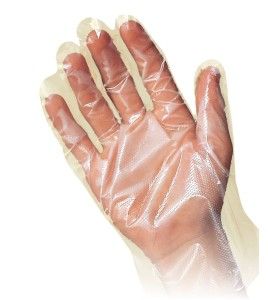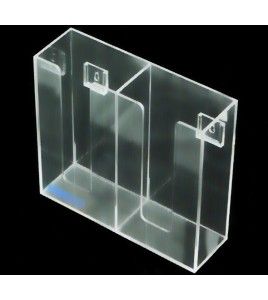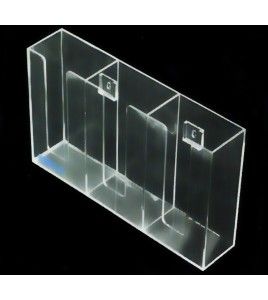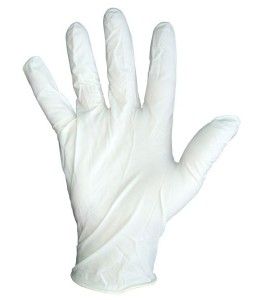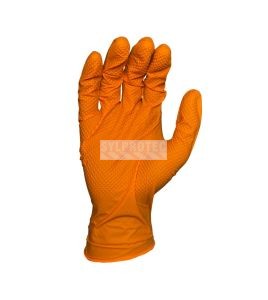Disposable Latex, Nitrile, Vinyl Gloves
Sylprotec offers a wide range of disposable gloves suitable for healthcare, food processing, industry, and service sectors. To make the right choice, several factors should be considered.
Thematerial is crucial: vinyl is affordable but less resistant, latex provides good elasticity but can trigger allergies, while nitrile is highly resistant to chemicals and allergy-free.
The color of the glove also plays a role. Blue gloves are preferred in the food industry to prevent contamination, while natural-colored gloves are the most common. Black gloves, usually made of nitrile, are popular in certain professions.
Should you opt for a powdered or non-powdered glove? Powdered gloves are easier to put on and remove, while non-powdered gloves help avoid contamination.
The thickness varies depending on the intended use: 3-mil gloves are suitable for quick tasks, 4 to 5-mil gloves work well in medical and pharmaceutical fields, while 8-mil nitrile gloves offer maximum protection against tears and solvents, making them ideal for mechanics.
Finally, glove size is essential. Sylprotec offers sizes ranging from S to XL in stock, with other sizes available upon request.
Discover our selection:
Among our models, we provide vinyl gloves (powdered or non-powdered), latex gloves (natural or blue), and nitrile gloves (standard or black). We also offer convenient glove dispensers.
💡 Order your disposable gloves from Sylprotec today!
📞Need help? Contact our customer service team to find the perfect solution.




